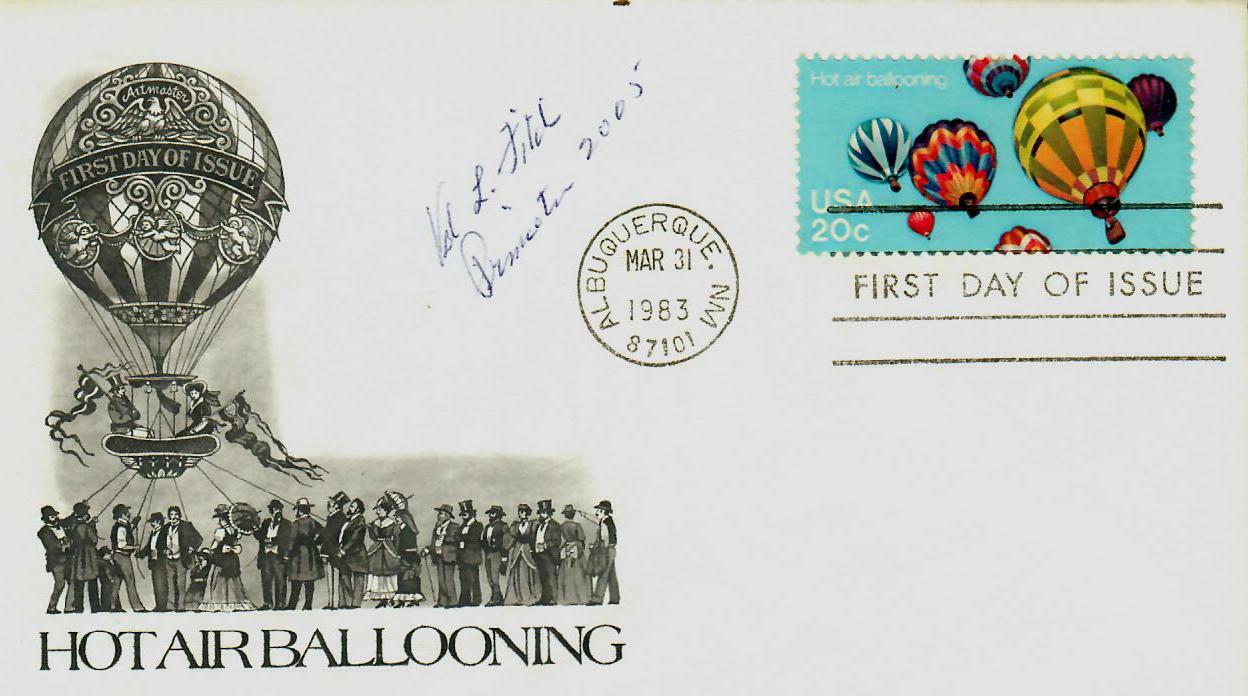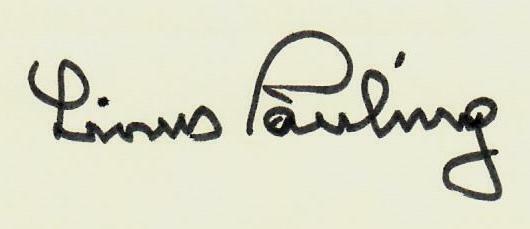-40%
"Psychoacoustics" John R. Pierce Hand Signed FDC Dated 1960 JG Autographs COA
$ 79.19
- Description
- Size Guide
Description
Up for auction"Psychoacoustics" John R. Pierce Hand Signed First Day Cover Dated 1960.
This item is certified authentic by
JG Autographs
and comes with their Letter of Authenticity.
ES-7814E
John Robinson Pierce
(March 27, 1910 – April 2, 2002), was an American engineer and author. He worked extensively in the fields of
radio communication
,
microwave
technology,
computer music
,
psychoacoustics
, and
science fiction
. As a sideline to his professional career he wrote science fiction for many years under various names:
John Pierce
,
John R. Pierce
, and
J. J. Coupling
. Born in
Des Moines, Iowa
, he earned his PhD from
Caltech
, and died in
Sunnyvale, California
, from complications of Parkinson's Disease. Pierce wrote on
electronics
and
information theory
, and developed jointly the concept of
pulse-code modulation
(PCM) with his
Bell Labs
colleagues
Barney Oliver
and
Claude Shannon
. He supervised the Bell Labs team which built the first transistor, and at the request of one of them,
Walter Brattain
, coined the term
transistor
; he recalled: The way I provided the name, was to think of what the device did. And at that time, it was supposed to be the dual of the vacuum tube. The vacuum tube had transconductance, so the transistor would have 'transresistance.' And the name should fit in with the names of other devices, such as varistor and thermistor. And ... I suggested the name 'transistor.' —
John R. Pierce, interviewed for
PBS show "Transistorized!"
Pierce's early work at
Bell Labs
was on vacuum tubes of all sorts. During
World War II
he discovered the work of
Rudolf Kompfner
in a British radar lab, where Kompfner had invented the
traveling-wave tube
; Pierce worked out the math for this broadband amplifier device, and wrote a book about it, after hiring Kompfner for Bell Labs. He later recounted that "Rudy Kompfner invented the traveling-wave tube, but I discovered it." According to Kompfner's book, the statement "Rudi invented the traveling-wave tube, and John discovered it" was due to Dr. Eugene G. Fubini, quoted in
The New Yorker
"Profile" on Pierce, September 21, 1963. Pierce is widely credited for saying "Nature abhors a vacuum tube", but Pierce attributed that quip to Myron Glass Others say that quip was "commonly heard at the Bell Laboratories prior to the invention of the transistor." Other famous Pierce quips are "Funding artificial intelligence is real stupidity", "I thought of it the first time I saw it", and "After growing wildly for years, the field of computing appears to be reaching its infancy." The
National Inventors Hall of Fame
has honored
Bernard M. Oliver
and
Claude Shannon
as the inventors of PCM, as described in 'Communication System Employing Pulse Code Modulation,'
U.S. Patent 2,801,281
filed in 1946 and 1952, granted in 1956. Another patent by the same title was filed by John Pierce in 1945, and issued in 1948:
U.S. Patent 2,437,707
. The three of them published "The Philosophy of PCM" in 1948.
Pierce did significant research into
satellites
, including an important leadership role (as executive director of Bell's Research-Communications Principles Division) in the development of the first commercial
communications satellite
,
Telstar 1
. In fact, although
Arthur C. Clarke
was the first to propose
geostationary
communications satellites, Pierce seems to have arrived at the idea independently and may have been the first to discuss
unmanned
communications satellites. Clarke himself characterized Pierce as "one of the two fathers of the communications satellite" (along with
Harold Rosen
). See
ECHO – America's First Communications Satellite
(reprinted from SMEC Vintage Electrics Volume 2 #1) for some details on his original contributions. Pierce led the Automatic Language Processing Advisory Committee that produced the
ALPAC report
, which had the effect of curtailing most funding for work on
machine translation
in the late 1960s and early 1970s.










